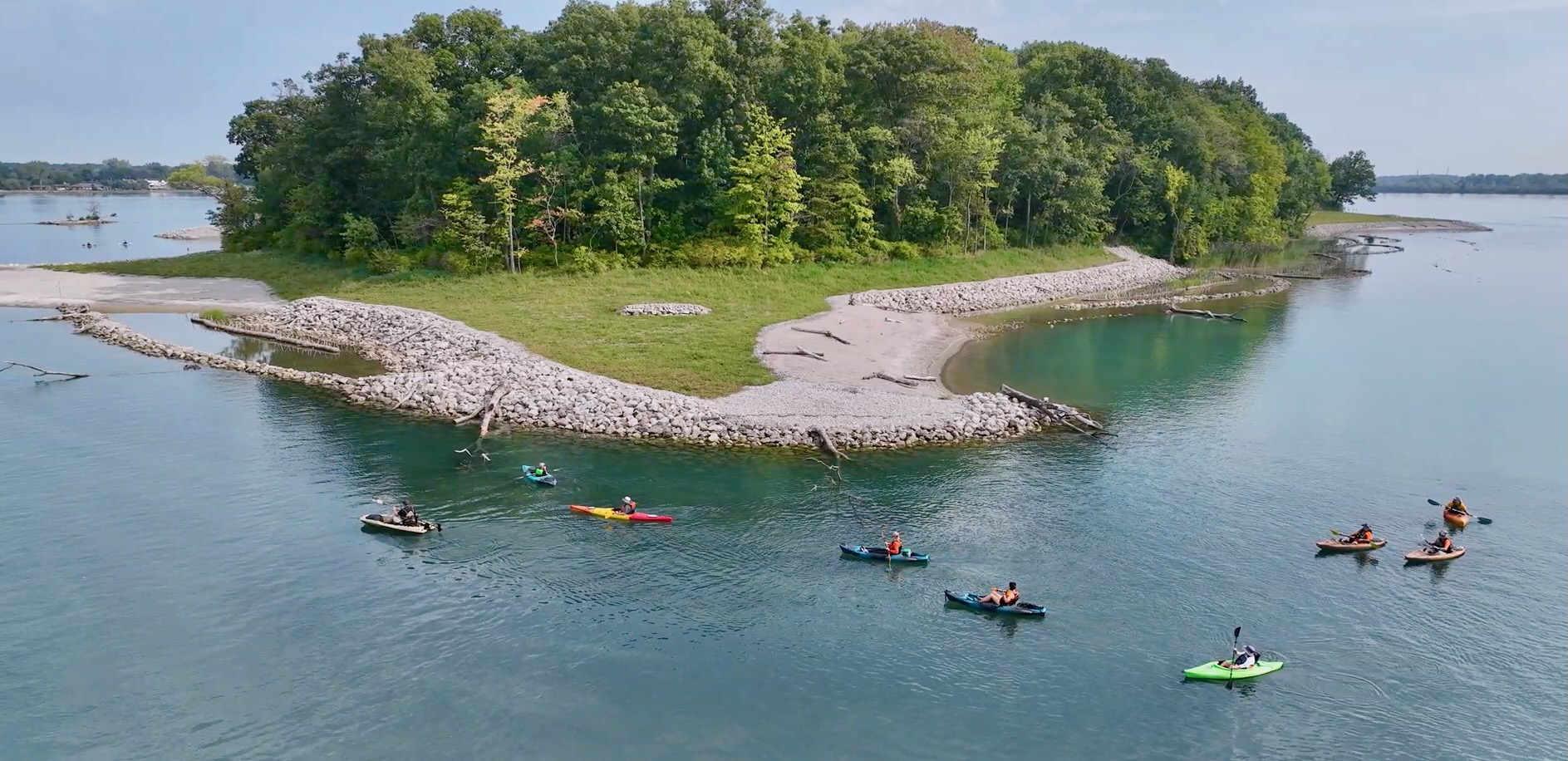
VOICES: Environmental spending cuts threaten Detroit River cleanup momentum
How did your country report this? Share your view in the comments.
Diverging Reports Breakdown
VOICES: Environmental spending cuts threaten Detroit River cleanup momentum
I would be the first person in the world to say “I don’t know what this is going to be, but I’d like to know what it’s going to look like. This is the first of a series of pictures of the ‘I’m going to try and find out what this one is.’ The first picture is of the first image is of an image of a “Vessel’ which is the size of a modern-day “vessel” and the second is a picture of the current state of the vessel. The third is a photo of a former ‘vessel,” which is a photograph of a ship, and the fourth is of a boat. The fifth is a image of what this “can be” or “should be,’ depending on which boat you’re on, it could be a boat, a car, a house, or a building. The sixth is a boat is a ‘cargo boat’ and the seventh is a car. This “cargo’ is a bus, which can be seen as a sign of the
-The restoration of Sugar Island is a prime example of the success of funding for environmental projects, Blicharski writes.
-The island was purchased by the U.S. Fish and Wildlife Service in 2012 using Great Lakes Restoration Initiative funds and joined the Detroit River International Wildlife Refuge.
The Detroit River supplies drinking water for millions, supports a world-class fishery, and serves as a transportation artery for industry.
As a vital link in the largest freshwater system on Earth, the Great Lakes, this river carries not only water but a deep, storied industrial history—one of both pride and persistent environmental challenges. Cleaning up contaminated sediments in the Detroit and Rouge Rivers alone is expected to cost over $1 billion.
Cuts across environmental agencies in the last few months have led to significant staff losses. The EPA has been threatened with a 65% budget cut, according to The New York Times. With these cuts goes institutional knowledge, crucial relationships, and momentum. Programs essential to the health of the Great Lakes — such as algal bloom monitoring and invasive species research — hang in the balance.
The Great Lakes region supports over $4 trillion in economic activity. If it were a country, it would be among the world’s largest economies. From commercial shipping to recreation, drinking water to sustenance fishing, the Great Lakes and the Detroit River are foundational to life across the region. If they suffer, we all suffer.
What does it take to protect places like the Detroit River and the Great Lakes? It takes committed partnerships between federal agencies and local groups, working together to restore habitats, monitor threats, and safeguard the natural resources on which we all depend.
A shining example is the Sugar Island restoration project, located at the mouth of Lake Erie in Grosse Ile Township. Purchased in 2012 by the U.S. Fish and Wildlife Service using Great Lakes Restoration Initiative funds, Sugar Island became part of the Detroit River International Wildlife Refuge.
Through significant partnership and funding with the U.S. EPA and NOAA through the GLRI, 26 acres of coastal wetland on the island were restored, enhanced, and protected. More than 120 habitat structures were installed, supporting species such as mudpuppies, bald eagles, smallmouth bass, yellow perch, walleye, lake sturgeon, and native snakes.
The results are remarkable. Post-restoration monitoring revealed the return of five species of herpetofauna, including the eastern American toad and the northern water snake, species that hadn’t been seen in significant numbers on the island before.
These findings validate the power of restoration and the importance of sustained funding. Beyond ecological success and enhanced quality of life, the resurgence of these species also offers significant economic benefits.
Increased biodiversity attracts nature enthusiasts, birders, photographers, and eco-tourists, boosting local tourism and creating new opportunities for jobs in recreation, conservation, and environmental education. In this way, restoring wildlife isn’t just good for nature, it’s a smart investment in the region’s economy.
“Sugar Island is the perfect example of how partnership and collaboration between local, state and federal partners can lead to tremendous beneficial impacts for our local community. Friends of the Detroit River prides itself on being the voice of the community and the bridge between our federal partners and local communities.” said Bob Burns, the Detroit Riverkeeper.
So, where do we go from here? Now more than ever, we need to raise our voices in support of our environment and the agencies and programs that protect our natural resources. We must show our elected officials that environmental protection and funding matter to us, to our communities, and to future generations. Call your representatives and let your voice be heard that protecting our backyard is critical to the future of our rivers.
The story of Sugar Island proves what’s possible when we invest in our backyard and work with our federal partners. Let’s make sure we don’t lose that momentum now.
Planet Detroit’s Voices column includes opinion pieces from our community of partners and readers. These pieces express the voices of the authors and not necessarily those of the publication.
Source: https://planetdetroit.org/2025/06/detroit-river-federal-funding/
